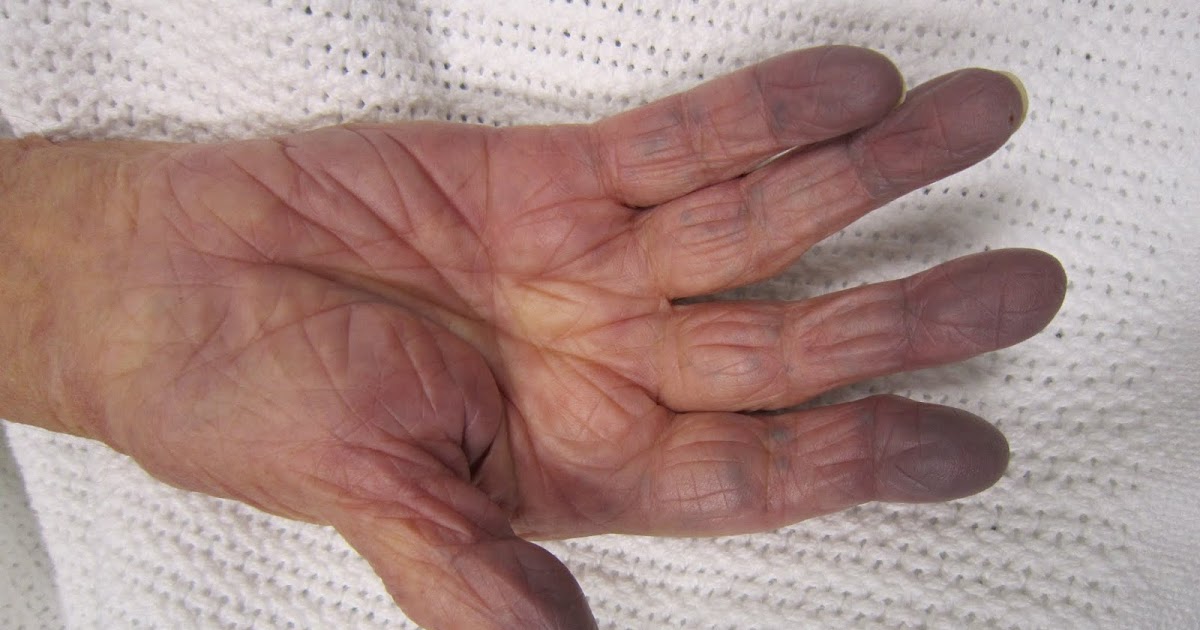What Are The Symptoms And Complications Of Transposition Of The Great Arteries?
Transposition of the great arteries (TGA) is a rare and serious congenital heart defect. In this condition, the two main arteries that leave the individual's heart are transposed or reversed. TGA is typically identified before birth or within the first several weeks of an infant's life. In a healthy individual, the pulmonary artery that blood takes from the heart to pick up oxygen from the lungs is attached to the right ventricle. The oxygenated blood returns to the heart and flows through the left atrium and left ventricle, and from there, the oxygenated blood flows through the aorta to tissues around the body. When transposition of the great arteries is present, however, the aorta connects to the right ventricle, and the pulmonary artery connects to the left ventricle. This arrangement causes the oxygen-poor blood to flow into the right atria, through the right ventricle, into the aorta, and back to the body's tissues. The blood never reaches the lungs to pick up oxygen, so oxygen-poor blood continuously circulates throughout the body.
Get to know the major symptoms and complications linked to transposition of the great arteries now.
Lack Of Appetite And Poor Weight Gain

Infants affected by TGA often exhibit a lack of appetite and poor weight gain as a manifestation of their heart defect. The tissues around the infant's body do not receive enough oxygen to function normally as a result of their condition. The infant's body responds to this oxygen shortage by making the heart beat faster to help compensate. The inefficient pumping of the heart and the high rate of pumping causes the infant's metabolism to be faster than normal. Often times, infants affected by transposition of the great arteries will appear to have little to no appetite because their body simply does not have enough energy leftover to eat or feed properly. The infant will not gain weight at a regular rate because their body is burning off more calories than it is consuming. In order for the infant to properly gain weight, more calories than normal would have to be consumed to provide both the struggling heart and other tissues with enough energy to simultaneously carry out their functions.
Uncover more details on complications and symptoms of transposition of the great arteries now.
Cyanosis

Cyanosis is a condition best described as a blue coloring of the lips, nail beds, and skin due to a shortage of oxygen in the affected individual's blood. The defective anatomy of the heart in these patients causes the blood to flow into the heart and back out without picking up oxygen from the lungs. The oxygen-poor blood is pumped back out to the tissues around the body. The higher amount of oxygen-poor blood in circulation around the body of TGA patients may be able to be prominently seen through their skin. This abnormal coloring occurs because when the hemoglobin contains oxygen, it takes on a bright red color. However, when the hemoglobin doesn’t contain oxygen, it turns a dark red. Infants with TGA will exhibit a blue coloring of the skin and mucous membranes because light reflects off of the dark red, oxygen-poor blood through the skin differently than it does with the bright red oxygenated blood. Transposition of the great arteries is considered to be a cyanotic congenital heart defect because it often manifests as cyanosis.
Continue to reveal more transposition of the great arteries symptoms and complications now.
